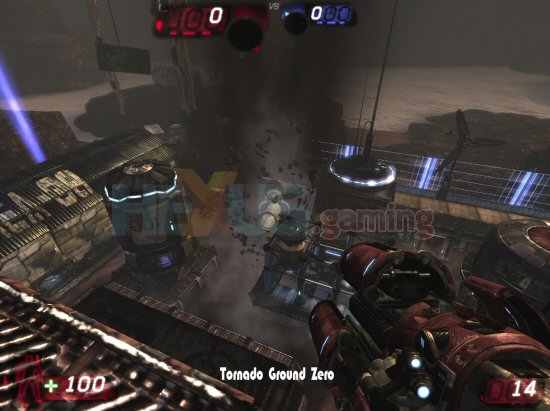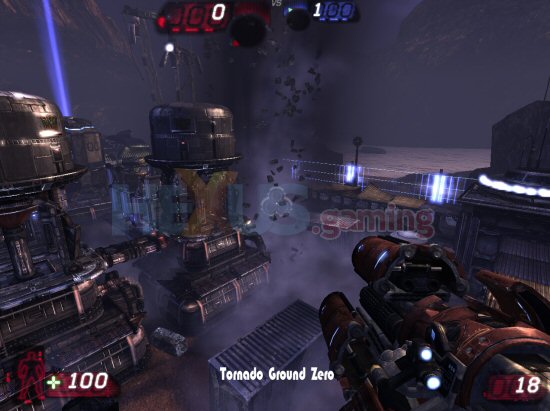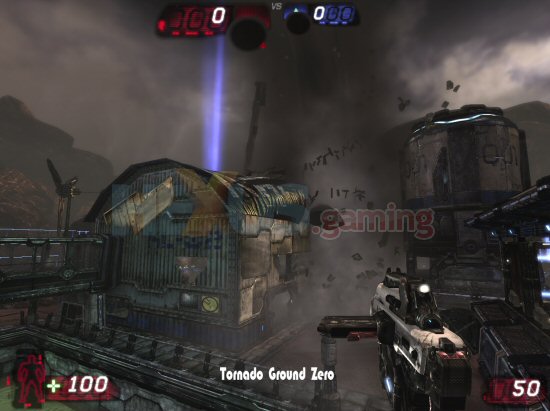No, honest, it properly accelerates now
 Over on the Ageia stand at the Leipzig Games Convention 2007, we sat down with the guys who justifiably proudly showed off their Ageia specific Unreal Tournament 3 levels which, to be honest, were jaw-droppingly good.
Over on the Ageia stand at the Leipzig Games Convention 2007, we sat down with the guys who justifiably proudly showed off their Ageia specific Unreal Tournament 3 levels which, to be honest, were jaw-droppingly good.
Now in the past we’ve knocked Ageia and their PhysX card because with our testing it showed that it was more of a physics enabler than a physics accelerator. What that means is that the PhysX card worked perfectly well in allowing loads of objects on the screen but this caused massive CPU and GFX bottlenecks as the rest of the hardware tried to figure out what to render...
So, being the nice bloke I am, I asked Ageia if they’d sorted this out. In response to my question I was treated to the Ageia specific levels of Unreal Tournament 3, notably Tornado, which showed that not only was the PhysX card doing its work, but also that Ageia had sorted out the slow down issues as literally hundreds of objects all whizzed around the screen.
 Click for larger image
Click for larger imageIn the past the PhysX card was causing a big bottleneck at mainly the CPU but Ageia have a whole new developer relations team doing exactly what their title says, working with developers to bring the best out of their games using the PhysX card. This new team has been so successful at integrating PhysX into games that Ageia are claiming a 40% increase in frame rate for Ghost Recon Advanced Warfighter 2 with all the physics turned on.
Now moving to games made with Unreal Engine 3, you might remember that Unreal Engine 3 incorporated a physics engine called Novadex. Novadex became Ageia which means that Unreal Engine 3 games have software support for Ageia PhysX built in. Of course, to get the most from the game you’ll need dedicated hardware in the form of the Ageia PhysX card...
 Click for larger image
Click for larger imageBut the question is still why I want an Ageia PhysX card when the like of Intel are banging on about their multi-core CPUs and NVIDIA are talking about Havok FX on a spare GPU. Well, according to Ageia, to license Havok will cost upwards of $100,000 dollars, which adds a fair whack on development costs. In contrast, the Ageia PhysX SDK costs nothing.
Further, Unreal Engine 3, which includes Ageia PhysX, has so far been licensed 127 times (at the time of writing) meaning there’s a load of games on the way that’ll use that PhysX card... handy, eh?
 Click for larger image
Click for larger imageSo let’s have a look at Tornado, the showcase level for the PhysX card in Unreal Tournament 3. Simply put, this level has been designed to have loads of objects interacting with the environment and each other.. as well as the stuff that you can do to the level just to make it even more hectic.










